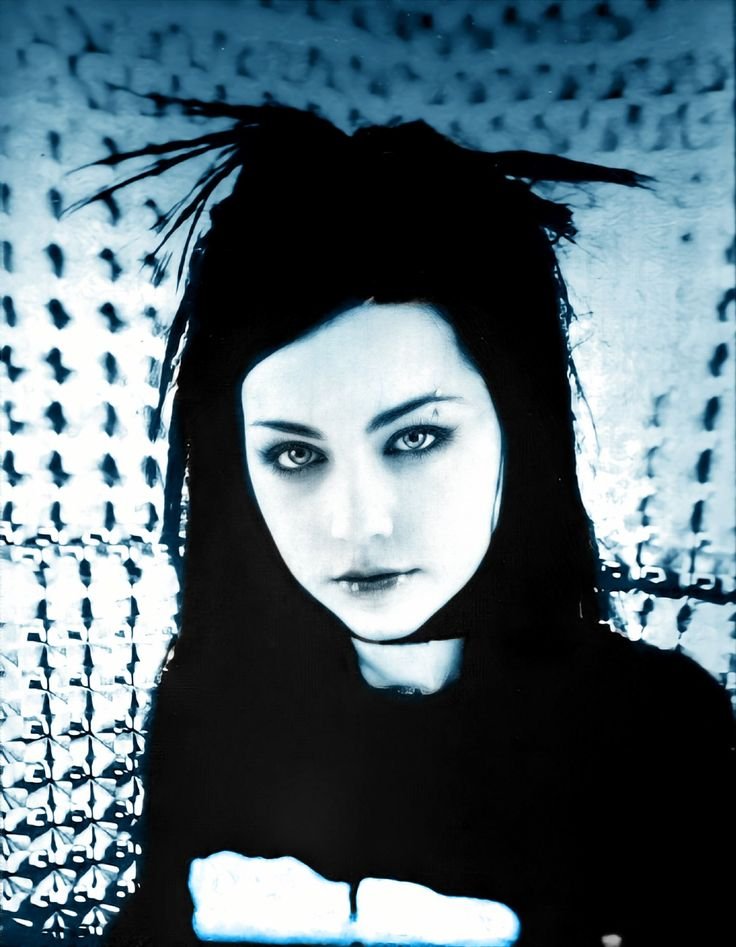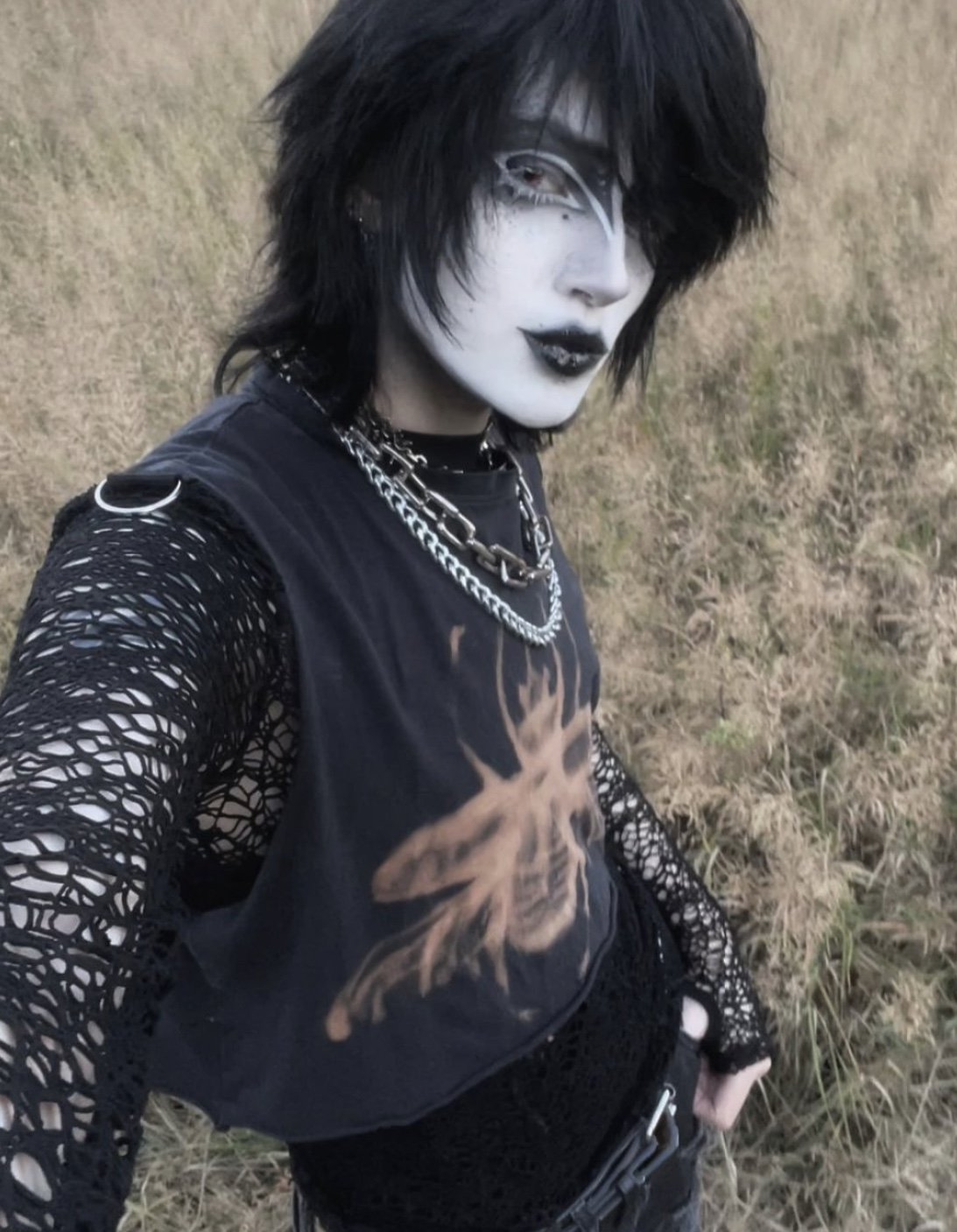Emo and Scene and Goth, Oh My!
When talking about subcultures, the term Alternative is a huge umbrella term that encapsulates mostly any form of fashion or makeup outside of the social norm. Within this subculture are many different styles of expression, though the most famous – at least from the early 2000s to now – are Emo, Scene, and Goth. Though some have older roots than simply the early 2000s, the last decade has seen a boom in these styles. What’s interesting, however, is how often these three specific subcultures have been confused for each other.
Aside from style, makeup is probably one of the most distinctive features of these subcultures. Though they have much in common, such as dark, grungy eye makeup full of black eyeshadow and thick eyeliner, rail-thin eyebrows, and defining contour, they all have very different, specific looks.
The most similar in terms of makeup and look, altogether, are Emo and Scene. When distinguishing between these subcultures, you can typically tell which is which by what is being worn. Emos are fond of dark colors, chokers, ripped clothing, and striped long sleeves. Their hair may be teased, with long, straightened bangs that cover half of their face. Hair may also be a myriad of colors, such as bright blue or electric green. Colors were especially prominent when Emo was in its prime in the early 2000s when bands like Green Day, Fall Out Boy, and My Chemical Romance topped the charts.
On the other hand, the Scene look is far more colorful. Though Scene kids like a lot of the same bands and other cultural aspects of the Alternative genre, their fashion, makeup, and especially hairstyles, are very distinct. Scene kids can be found with multiple colors in their hair, often lined in a striped, ‘raccoon’ pattern. Don’t even get me started on the layering — it’s the absolute name of the game when it comes to the Scene look. With colorful, striped tights, fingerless gloves adorned with bracelets that go up to the elbow, bows, suspenders, and T-shirts with vibrant, eye-catching patterns and designs, the possibilities are endless.
Scene makeup is also distinct. While Emo makeup is dark and grungy, Scene makeup more so models the Japanese subculture of Gyaru, wherein they use makeup to make their eyes look bigger, the contour is exaggerated often using other colors besides skin tone to deepen the planes of their faces, and blush is their best friend.
Here’s where Goth comes in. Arguably the most distinctive of the three, Goth has deep roots back to the 80s in the ‘post-punk’ era. While you may not be able to differentiate by simply looking at the fashion – though Goth fashion is, admittedly, very distinct as well, with sweeping fabrics, Victorian inspiration, and black as far as the eye can see – you would most definitely be able to tell from the makeup. There are many types of Goth makeup, but Traditional Goth is the most recognizable. With huge winged eyeliner and shadow, faces painted white as a base, and pitch-black lip looks, Goth mimics the undead in a uniquely sexy way.
Though many Goths choose not to use ‘Trad Goth’ fashion or beauty, many aspects of the traditional still spill over into the new. Eye makeup looks are a huge factor in what someone who describes themselves as Goth will wear. As the cover photo for this article suggests, there are many iterations of what makeup a Goth might do to express themselves. This being said, big, swooped eyeliner seems to be a very defining feature in this subculture’s makeup.
Over the years, many an Emo have been called Goth, Scene kids have been called Emos, and Goths have been misunderstood altogether. Hopefully, through this article and the accompanying visuals, you’ve become a pro at telling these distinct cultures apart, mainly because calling them the wrong thing may get you unfriended on their MySpace page! (Lovingly said, of course, by a former Emo kid herself.)
Strike Out,
Author: Samantha Getchell
Editor: Grace Groover
Tallahassee





